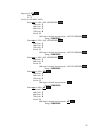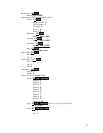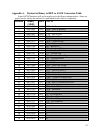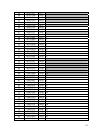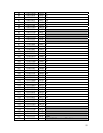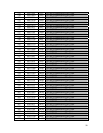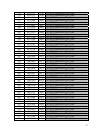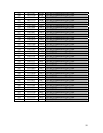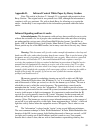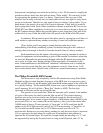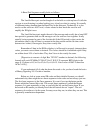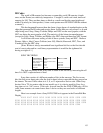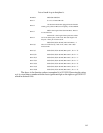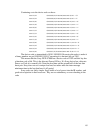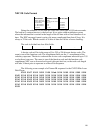Appendix B. Infrared Control White Paper by Barry Gordon
Note: This article in Sections 2.1 through 2.5 is reprinted with permission from
Barry Gordon. The original article was printed circa 1998, although the information it
contains is still very pertinent. We wish to thank Barry for allowing us to reprint the
article. Anchor Bay is not responsible for the information presented within the below
article.
Infrared Signaling and how it works
Acknowledgments: This document could not have been possible for me to write
without the assistance of a lot of people who contributed their time and effort to helping
me understand the various parts of the ProntoEdit IR display format. I would like to
thank; AHP (A Helpful Person), Jack Schultz, Manu Duarte, Timm, CDecker, and others.
Please pardon my use of the BBS handles, but in many cases that is the only way I know
them.
Warning: This document will give the reader enough information to develop and
hand enter IR codes rather than learning them from a remote. That is not the intent of the
document, merely a byproduct of the knowledge you can gain. Many devices controlled
by IR remotes, in Particular TV’s, have undocumented IR code sequences used for
servicing the equipment by factory trained technicians in possession of detailed service
manuals and test equipment. By causing a service code to be sent to your TV or other
device, you may place it in a state where it no longer operates as desired, or at all. An
example of this might be the resetting of all convergence offsets, or altering the width or
height of the picture. Be careful, if you are not sure of what the outcome might be,
perhaps you should not do it.
IR remotes operate by modulating (turning on and off) an infra red (IR) light
source. When the IR light source (the IR emitter) is "on" it is actually turning itself on
and off thousands of times per second, too fast for the human eye to follow. The rate at
which this occurs is called the carrier frequency. The terminology comes from the
metaphor that the "carrier" carries the "information". This is done to provide a better
transmission system and allow the overall IR system (transmitter and receiver) to operate
in noisy (with respect to light) environments. It is important to understand that the IR
receiver for a given remote is tuned to IR "carrier" frequency for that remote and will
effectively not see IR signals sent on a different carrier frequency such as from other
remotes. [Note: The human eye can never see an infrared transmission, so the concept of
on and off is not with regards to visible light. Some equipment has a "telltale", a little red
light that visibly flashes when the equipment receives IR signals. That is what we can
see]
The "information" is placed on the "carrier" using several different techniques.
The most common technique is Pulse Width Modulation. In Pulse Width Modulation the
duration of the ON (carrier present, light flashing thousands of times per second), or Off
(no light at all coming out of the IR emitter) periods is made to vary. Lets assume,
because this is what is done, that we wish to send numbers representing what key has
59



